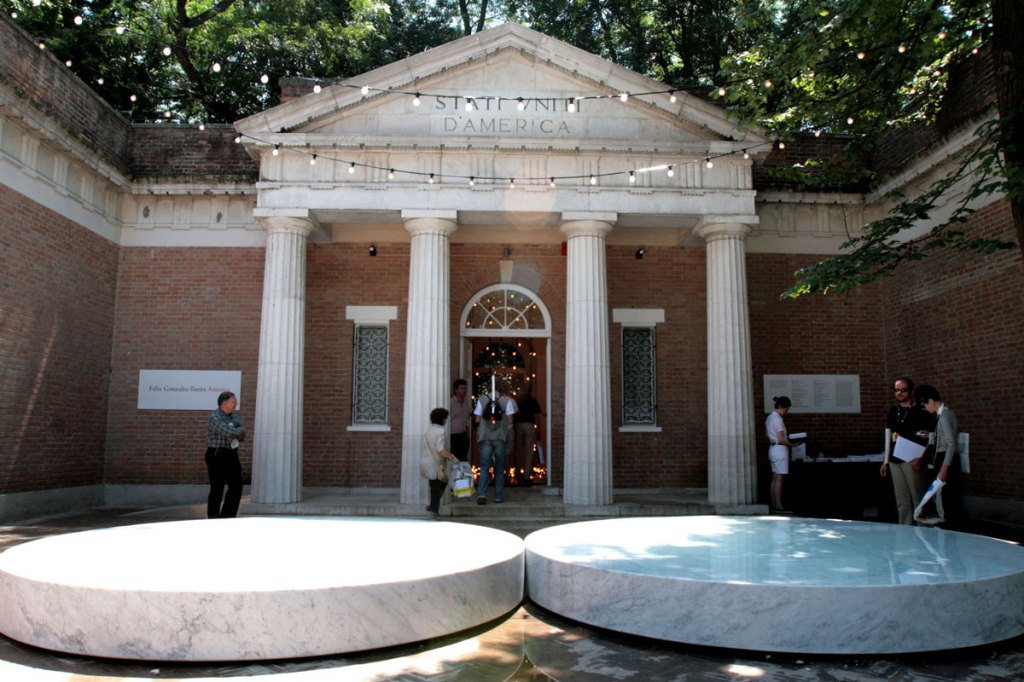To receive Morning Links in your inbox every weekday, sign up for our Breakfast with ARTnews newsletter.
THE HEADLINES
A LOOK INSIDE REVAMPED JEWISH MUSEUM. In 2018, when an old house in Prague was demolished, nearly 700…

To receive Morning Links in your inbox every weekday, sign up for our Breakfast with ARTnews newsletter.
A LOOK INSIDE REVAMPED JEWISH MUSEUM. In 2018, when an old house in Prague was demolished, nearly 700…